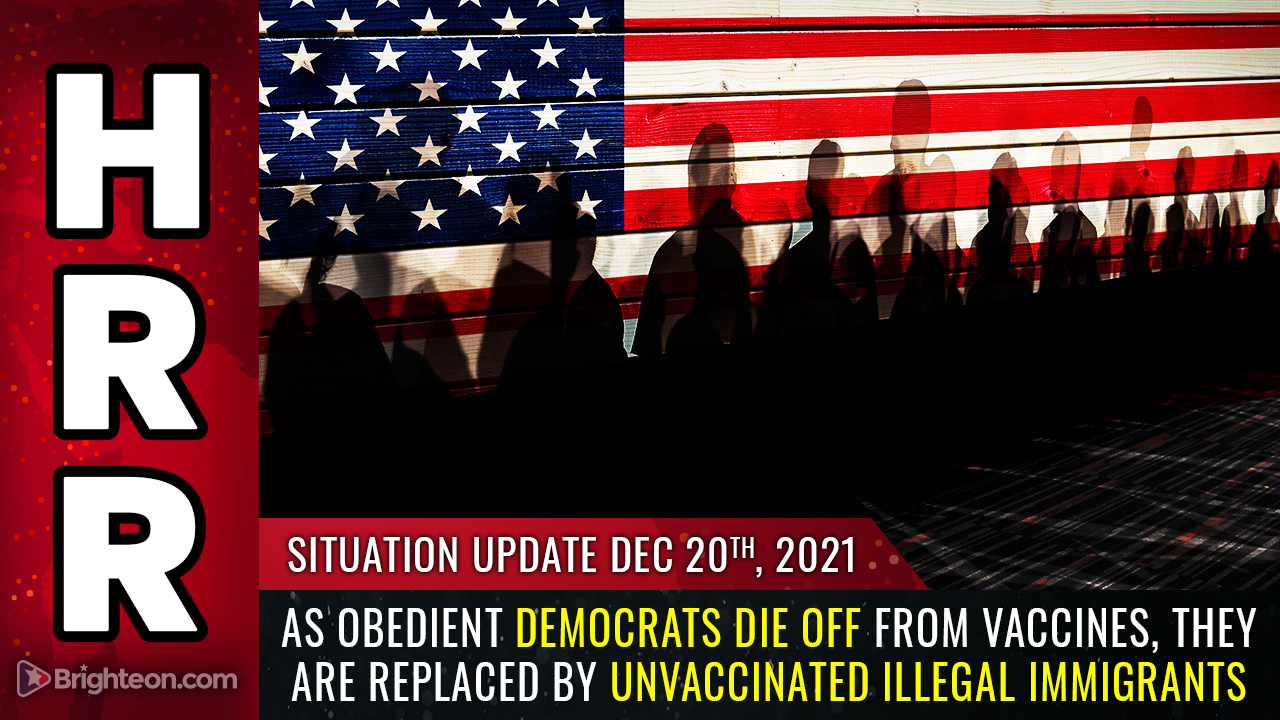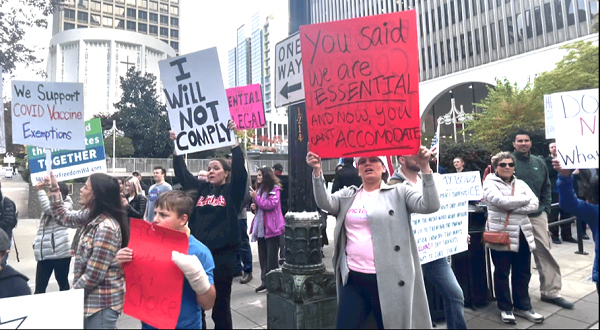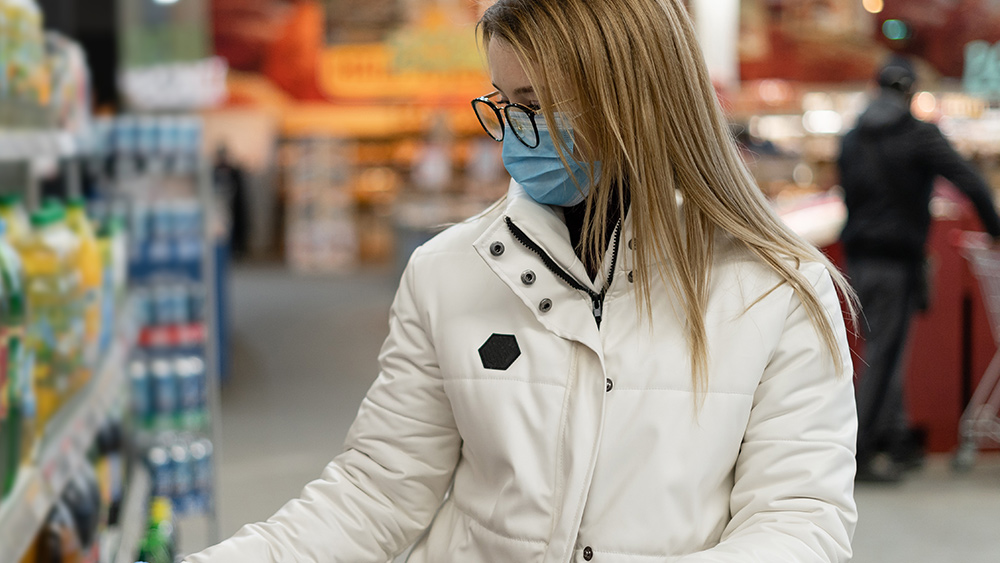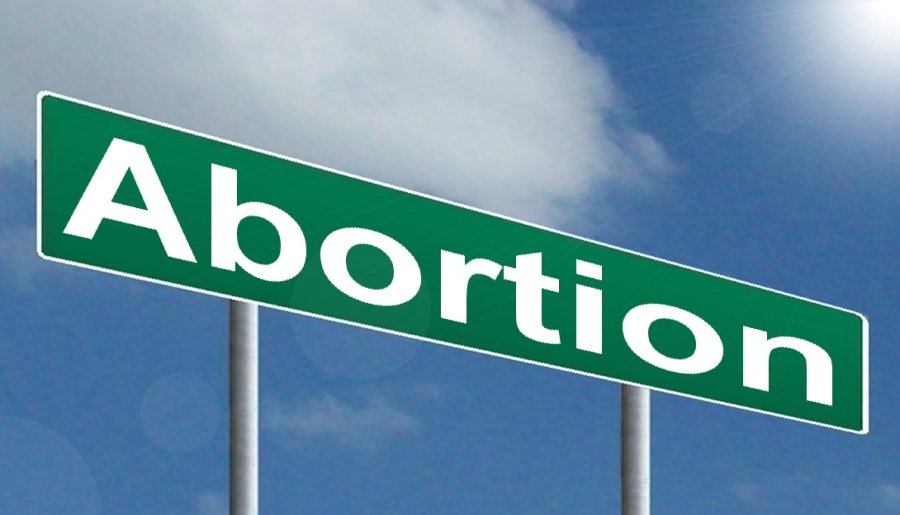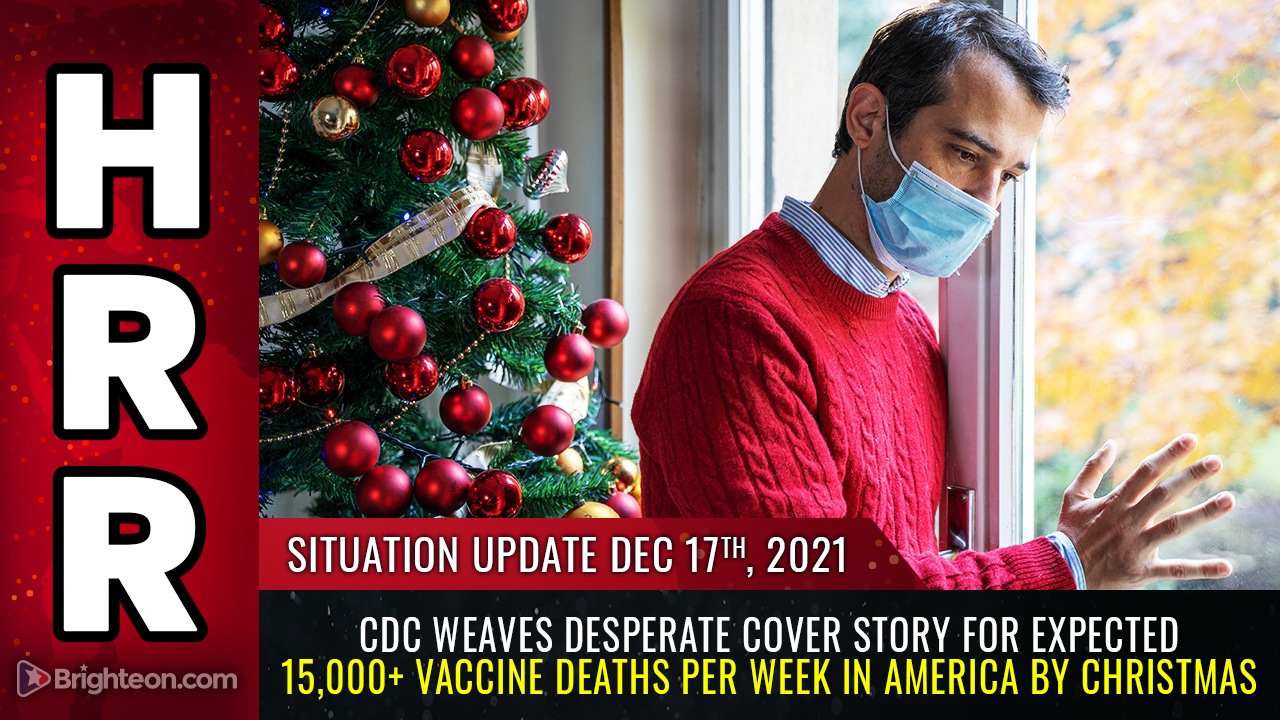Lockdowns cause more deaths than coronavirus itself
07/22/2021 / By Nolan Barton

Last year’s data revealed that the coronavirus (COVID-19) lockdowns have caused more deaths than the disease itself.
Those in power ignored the norms of governance, journalism, academic freedom and science. They misled the public about the origins of the virus and the true risk it posed.
They claimed unprecedented powers to impose untested strategies, with terrible collateral damage. There’s still no convincing evidence that the lockdowns saved lives, but lots of evidence that they have already cost lives and will prove deadlier in the long run than the virus itself. (Related: Report: States that imposed lockdown have more COVID-19 deaths per million compared to no-lockdown states.)
Scientists, mainstream media attack those who question lockdowns
In April 2020, John Ioannidis, Jay Bhattacharya and some colleagues reported that the fatality rate among the infected was considerably lower than the assumptions used to justify lockdowns. By reporting data that didn’t fit the official panic narrative, they became targets of unfair online attacks by other scientists and the mainstream media.
Stanford University subjected the researchers to a two-month fact-finding inquiry by an outside legal firm. The inquiry found no evidence of wrongdoing, but the smear campaign sent a clear message to scientists: Don’t question the lockdown narrative.
Editors of research journals fell in line, too. Stefan Baral, an epidemiologist and an associate professor in the Department of Epidemiology at the Johns Hopkins Bloomberg School of Public Health with 350 publications to his name, submitted a critique of lockdowns to more than 10 journals and finally gave up.
Martin Kulldorff, professor of medicine at Harvard Medical School, had a similar experience with his article early in the pandemic – arguing that resources should be focused on protecting the elderly.
Kulldorff joined with Bhattacharya and Sunetra Gupta of the University of Oxford to issue a plea for “focused protection,” called the Great Barrington Declaration. They urged officials to divert more resources to shield the elderly while reopening business and schools for younger people.
“Lockdowns have protected the laptop class of young low-risk journalists, scientists, teachers, politicians and lawyers, while throwing children, the working class and high-risk older people under the bus,” said Kulldorff.
Though tens of thousands of other scientists and doctors went on to sign the declaration, the mainstream media portrayed it as a deadly “let it rip” strategy and an “ethical nightmare.”
Excess mortality best gauge of pandemic’s impact
Excess mortality is the best gauge of the pandemic’s impact. It compares the overall number of deaths with the total in previous years. That measure rose among older Americans because of COVID-19, but it rose at an even sharper rate among people aged 15 to 54, and most of those excess deaths were not attributed to the virus.
While some of those deaths could be undetected COVID-19 cases, and some could be unrelated to the pandemic or the lockdowns, preliminary reports point to some obvious lockdown-related factors.
There was a sharp decline in visits to emergency rooms and an increase in fatal heart attacks due to failure to receive prompt treatment. A lot fewer people were screened for cancer and social isolation contributed to excess deaths from dementia and Alzheimer’s.
Researchers predicted that the social and economic upheaval would lead to tens of thousands of “deaths of despair” from drug overdoses, alcoholism and suicide.
As unemployment surged and mental-health and substance-abuse treatment programs were interrupted, the reported levels of anxiety, depression, and suicidal thoughts increased dramatically, as did alcohol sales and fatal drug overdoses. (Related: Extended coronavirus lockdowns having severe negative effect on mental health of children – report.)
The number of people killed last year in motor-vehicle accidents in the U.S. rose to the highest level in more than a decade, even though Americans did significantly less driving than in 2019. It was the steepest annual increase in the fatality rate per mile traveled in nearly a century, apparently due to more substance abuse and more high-speed driving on empty roads.
The number of excess deaths not involving COVID-19 has been especially high in U.S. counties with more low-income households and minority residents. Nearly 40 percent of workers in low-income households lost their jobs during the spring, which is three times the rate in high-income households.
Minority-owned small businesses suffered more, too. During the spring, when it was estimated that 22 percent of all small businesses closed, 32 percent of Hispanic owners and 41 percent of black owners shut down their businesses.
Follow Pandemic.news for more news and information related to the coronavirus pandemic.
Sources include:
Tagged Under: coronavirus, covid-19, covid-19 lockdown, depression, drug overdose, health freedom, Medical Tyranny, mental health, pandemic, substance abuse, suicide
RECENT NEWS & ARTICLES
MedicalTyranny.com is a fact-based public education website published by Medical Tyranny Features, LLC.
All content copyright © 2018 by Medical Tyranny Features, LLC.
Contact Us with Tips or Corrections
All trademarks, registered trademarks and servicemarks mentioned on this site are the property of their respective owners.

